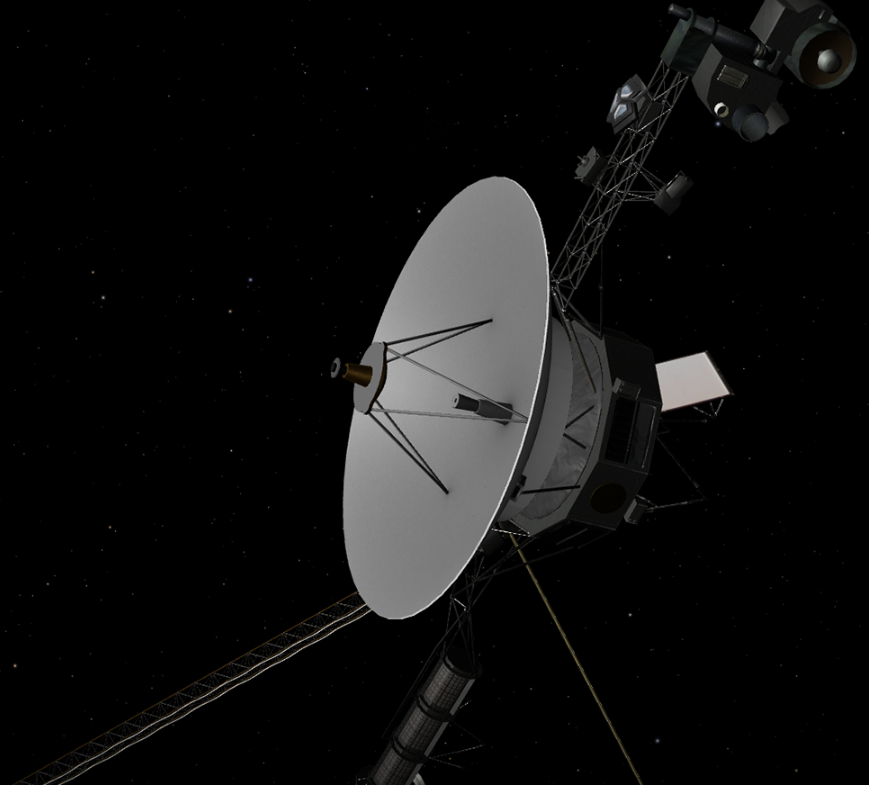On August 20, 1977, NASA launched Voyager 2, a spacecraft designed to take advantage of a rare planetary alignment that occurs only once every 176 years. This mission was part of the bold “Grand Tour” concept: a trajectory that would allow a single spacecraft to visit multiple outer planets by using each world’s gravity to slingshot itself onward to the next. While its twin, Voyager 1, would launch shortly after, Voyager 2 was the pathfinder, setting out first on an odyssey that would reshape humanity’s understanding of the solar system.
Voyager 2’s journey began with Jupiter, which it reached in 1979. During its flyby, the spacecraft captured stunning images of the gas giant’s turbulent atmosphere, detailed views of its moons, and the first close-up observations of its faint ring system. The mission uncovered active volcanism on Io, complex weather patterns in Jupiter’s atmosphere, and evidence of subsurface oceans on Europa — discoveries that profoundly altered planetary science.
From Jupiter, Voyager 2 moved on to Saturn in 1981, where it revealed intricate structures within the planet’s rings and provided fresh insights into Titan, Saturn’s largest moon. Its trajectory then carried it to Uranus in 1986, making Voyager 2 the only spacecraft ever to visit the planet. There, it documented a featureless cyan-blue world, discovered 10 new moons, and found that Uranus’s magnetic field was tilted dramatically from its rotational axis.
Voyager 2’s final planetary encounter came in 1989 at Neptune. The spacecraft flew within 3,000 miles of the cloud tops, sending back striking images of the Great Dark Spot — a massive storm system — and the supersonic winds that whip across Neptune’s atmosphere. It also revealed Neptune’s icy moon Triton in remarkable detail, showing geysers erupting nitrogen gas into space.
After completing this unparalleled tour of the outer planets, Voyager 2 continued its mission into interstellar space. In 2018, more than 40 years after launch, it crossed the boundary of the heliosphere, joining Voyager 1 as one of humanity’s first emissaries to the stars. Today, it continues to send data back to Earth, relaying information about the environment beyond our solar system.
Voyager 2’s journey is a testament to both engineering brilliance and scientific curiosity. Originally expected to operate for just a few years, it has surpassed every expectation, providing discoveries that continue to shape space science. Its “Golden Record,” a phonograph carrying sounds and images of Earth, symbolizes humanity’s desire to reach beyond the stars and perhaps, one day, be discovered by another civilization.
The legacy of Voyager 2 is unmatched. It was not simply a spacecraft that visited four planets — it was a pioneering mission that expanded the boundaries of exploration and set the stage for future voyages into the deep unknown.





